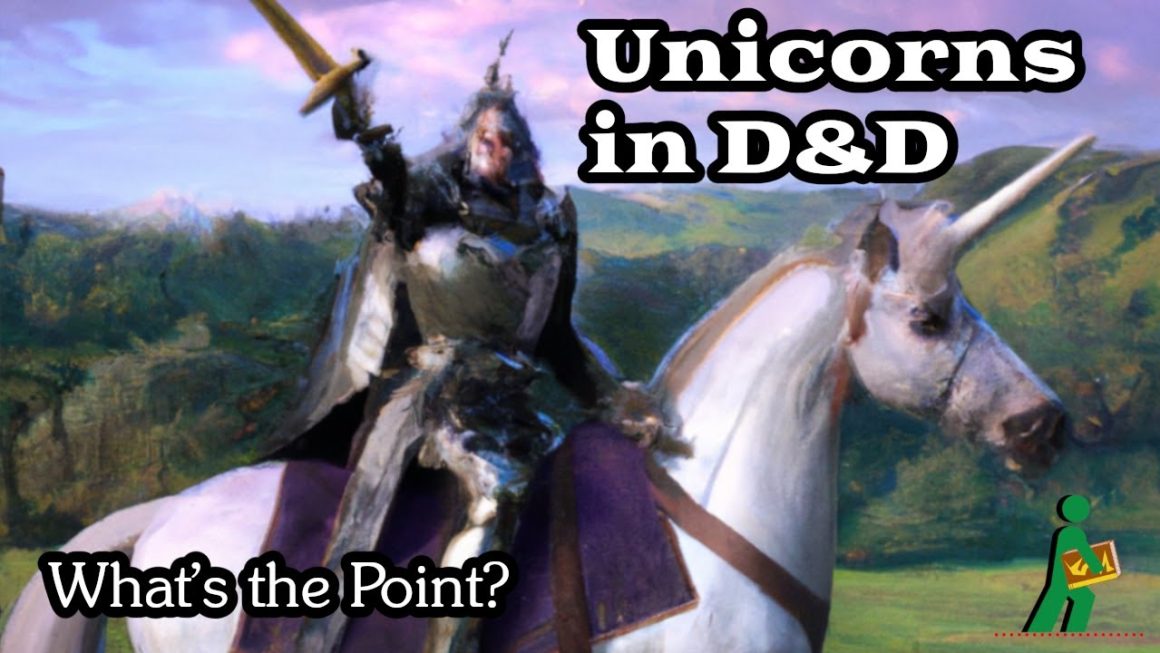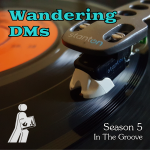
Unicorns in D&D | What’s the Point? | Wandering DMs S05 E19

Paul & Dan share their thoughts on Unicorns, which have been part of the standard monster list since the earliest days. Are they meant to be magical, fey representations of ineffable mysteries? Or are they meant to be a high-level brute melee attacker? Do they really belong in the world of D&D at all?
In European literature and art, the unicorn has for the last thousand years or so been depicted as a white horse-like or goat-like animal with a long straight horn with spiralling grooves, cloven hooves, and sometimes a goat’s beard. In the Middle Ages and Renaissance, it was commonly described as an extremely wild woodland creature, a symbol of purity and grace, which could be captured only by a virgin. In encyclopedias, its horn was described as having the power to render poisoned water potable and to heal sickness. In medieval and Renaissance times, the tusk of the narwhal was sometimes sold as a unicorn horn. The unicorn continues to hold a place in popular culture. It is often used as a symbol of fantasy or rarity.
This description uses material from the Wikipedia article “Unicorn“, which is released under the Creative Commons Attribution-Share-Alike License 3.0.

